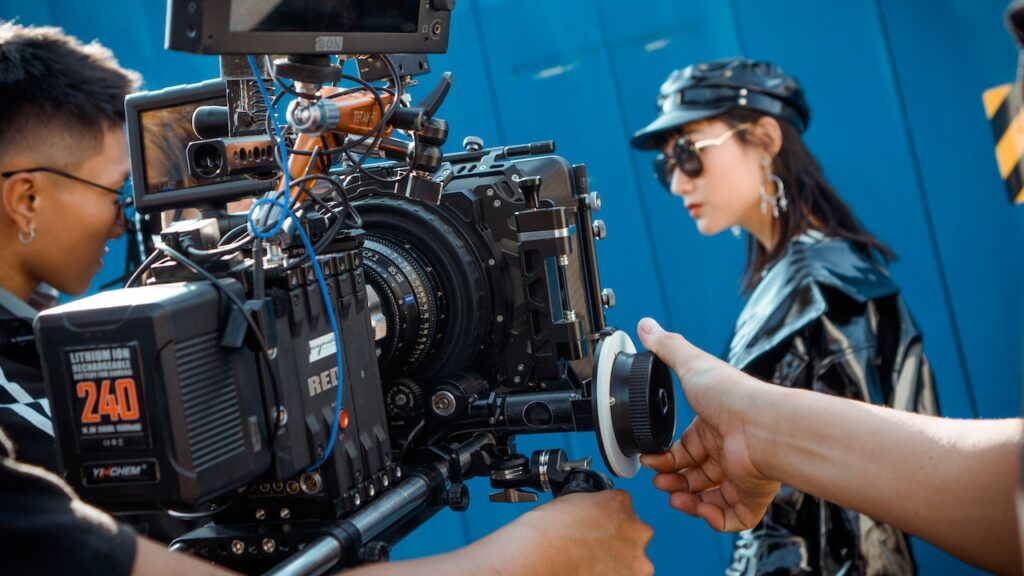Photography is a versatile art form that encompasses various genres and styles. In bustling cities like Sydney, where visual communication is paramount, two prominent branches of photography that often overlap but serve distinct purposes are editorial and commercial photography.
Both are essential in the visual communication industry, but they differ significantly in their objectives, execution, and end usage.
Editorial photography
Editorial photography is a genre that focuses on capturing images to accompany and enhance written content in publications such as magazines, newspapers, blogs, and other editorial platforms. The primary goal of editorial photography is to convey a story, convey information, or evoke emotions that align with the content it accompanies.
Editorial photography has several interesting characteristics. Firstly, storytelling is specific. Editorial photography is all about telling a narrative. It aims to document events, people, or places in a way that communicates a specific message or story.
This type of photography is also about authenticity. Editorial photos strive for authenticity and candidness. They often capture real moments and emotions, avoiding excessive retouching or manipulation.
Varied subjects are another important characteristic of editorial photography. Editorial photographers cover a wide range of subjects, including news events, fashion shoots, travel, documentaries, and human interest stories.
A journalistic approach is also important when it comes to this type of photography. Editorial photographers often adopt a documentary or photojournalistic approach, capturing events as they unfold rather than staging them.
Finally, usage is very specific for editorial photography. Editorial photos are primarily used in magazines, newspapers, blogs, and other editorial contexts to support written content.
Commercial photography
On the other hand, commercial photography is a genre dedicated to creating images that promote products, services, or brands. It is about selling a concept, idea, or lifestyle and is commonly used in advertising, marketing, product promotion, and even at events through services like photo booth hire.
Like editorial photography, commercial photography has its own distinctive characteristics. For instance, product focus is one of the major characteristics of commercial photography. Commercial photography places the product or service at the forefront. The images are meticulously planned to showcase the subject in the most appealing and marketable way possible.
Commercial photography often involves careful planning, meticulous lighting setups, and post-production editing to achieve a specific look or aesthetic. That is why we say that this type is stylised and controlled.

Another important fact is that commercial photography is client-centric. Commercial photographers work closely with clients to fulfil their vision and align the images with the brand’s identity and marketing strategy.
Commercial shoots often have larger budgets and resources to achieve high production values. This includes the use of professional models, stylists, and elaborate sets. When it comes to events, this might also encompass additional services like photo booth hire in Sydney to capture candid and entertaining moments.
Finally, when it comes to usage, commercial photos are used for promotional materials, advertisements, websites, catalogues, and any medium aimed at marketing a product or service.
Key differences
While editorial and commercial photography share a common foundation in the art of capturing images, several key differences set them apart:
- Purpose: Editorial photography serves the purpose of informing, engaging, or narrating a story, contributing to the informational or emotional depth of a piece. In contrast, commercial photography is intrinsically designed to sell and promote, emphasizing the allure and desirability of products or services.
- Authenticity vs. Stylization: Editorial photography prioritizes authenticity and realism, striving to capture the unfiltered essence of moments and subjects. Commercial photography, in contrast, often embraces controlled stylization and idealization, sculpting the subject to fit the desired brand image or aesthetic.
- Subject Matter: Editorial photography boasts a diverse spectrum of subjects, spanning from capturing pivotal events to documenting the human experience in its many facets. Conversely, commercial photography predominantly concentrates on products and services, presenting them in the most enticing and marketable light.
- Production: Commercial photography frequently involves a more elaborate production process, necessitating meticulous planning, precise lighting setups, and close collaboration with clients, stylists, and creative teams. This meticulous approach ensures the final images align seamlessly with the client’s vision and branding.
- Usage: Editorial photos primarily find their home in editorial content, enriching written narratives with visual context and depth. In contrast, commercial images are strategically placed in promotional materials, advertisements, websites, catalogues, and any medium aimed at marketing a product or service, serving as powerful tools in the world of business and commerce.
Conclusion
In conclusion, editorial and commercial photography serve distinct but essential roles in the world of visual communication. While both require skilful photographers, each field demands a unique set of skills, approaches, and creative visions to effectively convey their intended messages – be it the storytelling of editorial or the marketing prowess of commercial photography.
Understanding these differences can help photographers choose their niche and clients select the right photographers for their projects, ensuring that the power of imagery is harnessed effectively in every context.








